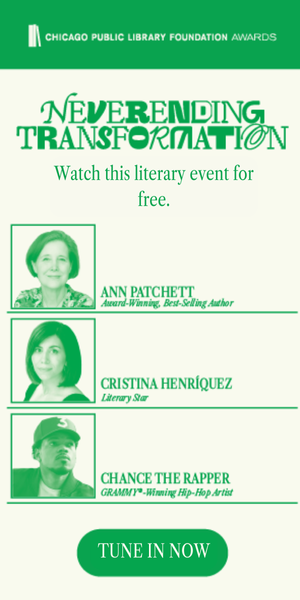Reading Flannery in Savannah
[Editor’s Note: Today is Flannery O’Connor’s birthday; she was born 87 years ago today in Savannah, Georgia]
Shortly after I started reading Brad Gooch’s biography of Flannery O’Connor, I crossed the border into Georgia. My wife and I had driven 2,000 miles from Butte, Montana and we were flooring the accelerator on our way to Savannah. I’d lived in the Coastal Empire while I was stationed with the Army at nearby Fort Stewart, but this was my first time back in more than three years.
Just when I thought I’d gotten all the sand gnats shook out of my underwear, here we were again in the land of kudzu, boiled peanuts, and polite folk who give directions like self-anointed human Mapquests (“Whatchure gonna do is go down this here road a piece until you come to a fork, take a left, then the road’ll kinda go dipsy-do a coupla times, then you’ll pass the Baptist Church on the left and a Kum-n-Go on the right, and you’re gonna wanna bear left,” etc.).
My wife and I weren’t here on pleasant business. We were answering a court summons for a hearing which, thanks to a clerical error, was eventually postponed. But, being the optimist, I decided to make the best of it. And so as we traveled I burrowed into Flannery: A Life, the next volume in my year-long Biography Project.
The object of my literary affection was born Mary Flannery O’Connor at St. Joseph’s Hospital in Savannah on March 25, 1925. The one-word weather forecast in the local newspaper that blustery spring day, Gooch tells us, was: “unsettled.” The author herself couldn’t have picked a more apt word to herald the arrival of someone who, I contend, was the fiercest, most vibrant novelist of the 20th century. At one time, O’Connor described herself as “a pidgeon-toed, only-child with a receding chin and a you-leave-me-alone-or-I’ll-bite-you complex.” Even at an early age, photographers were capturing that boil-and-scald nature inside Mary Flannery. Gooch writes: “A solo portrait of O’Connor, age two or three, sitting on an ottoman, brow furrowed, satin bow in hair, frowning with full concentration into the curled page of a book on her lap, reveals a remarkably self-possessed expression of adult intensity.”
That fire was like a magnet to me as I drove down the highway with, yes, a coupla dipsy-do’s and hairpin turns. The closer we got to Savannah, the hotter my Flannery flames grew. A few days later, after things went wrong with our court hearing and we found ourselves with some extra time on our hands, I got the notion I would go to downtown Savannah and touch the fire. In other words, I’d make another pilgrimage to the Flannery O’Connor Childhood Home on Charlton Street.
I’d been here once before, but because I had Gooch’s book in my left hand and the steering wheel in my right hand, it was inevitable that I would find myself on the sidewalk, staring up at the face of the place where Flannery lived for the first thirteen years of her life.
The building is a non-descript mole-colored three-storey home squeezed into place on the block, looking like it was a young child pushing through adult legs to see a passing parade. The only thing remarkable about it was the human contents which once lived inside its walls during the Great Depression.
I try to imagine a six-year-old Mary Flannery roller-skating down the sidewalk, or walking with her friends to the movie theater nine blocks away, or—more likely, Gooch tells us—secluded in her small corner bedroom with crayons and paper as she made sketches of birds (“mostly chickens”). I think of Sister Mary Consolata from St. Vincent’s Grammar School for Girls telling Flannery’s parents, “Nothing remarkable at all about her as a student…She was a little forward with adults.” I think of Regina and Ed O’Connor harboring secret smiles of satisfaction at this kind of report card. They were liberal parents of the 1930s and allowed their daughter to call them by their first names and to attend adult mass with them at Cathedral of St. John the Baptist across Lafayette Square. I think of an older Flannery sitting up there in her bedroom reading books and writing curt criticisms on the flyleaf: “First rate. Splendid.” (Little Men by Louisa May Alcott) and “Awful. I wouldn’t read this book.” (Alice’s Adventures in Wonderland by Lewis Carroll).
I sit on the steps leading up to the front door, the stone cool under my legs, and imagine my idol’s feet going up and down the treads every day. I’m deep into my shameless channeling of Flannery’s ghost when my wife snaps my picture, then asks, “Have you had enough?” I get up, dust off my pants, and say, “Sure. We can go.”
But, in truth, I know I’ll never have enough. I could never fully reach my limit of Flannery O’Connor. A good writer like her is hard to find.





